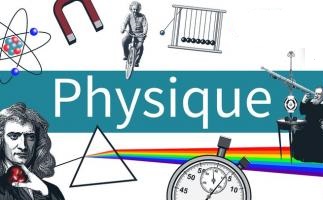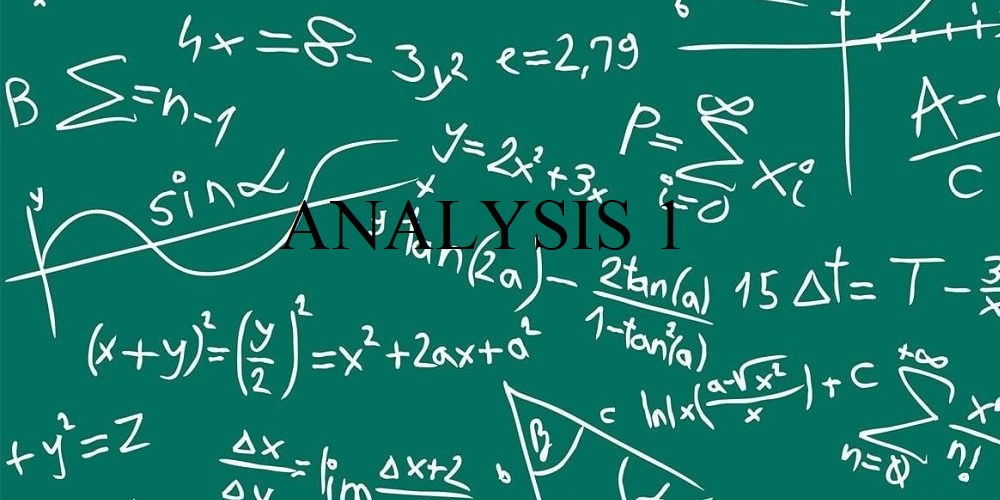This course is an introduction to classical mechanics. The fundamentals of motion description are presented in detail. In the kinematics section, the main types of reference systems (Cartesian, polar, cylindrical, and spherical) are discussed, with a detailed explanation of how to express the main vector characteristics of motion in each case. In the dynamics section, we study Newton's laws and their application, explaining how to apply them in different situations. Various types of forces encountered in mechanics problems are closely examined. The concept of the moment of different fundamental quantities in mechanics is introduced. A chapter will be devoted to the derivation and use of energy methods, which are a very important alternative to the Newtonian formulation of mechanics, emphasizing conservation principles. Finally, a last chapter will focus on problems of collisions and impacts.

- Teacher: Bendjerad Adel
- Teacher: Zineb Bechoua
- Teacher: BAHIA BOUDJENIFA
- Teacher: Ahlem Bougherara
- Teacher: Mourad Guezlane
- Teacher: Messameh Ilies
- Teacher: Abdelmalek Nidhal
- Teacher: Bachir Ouartal
- Teacher: Yahia SAADI
This course material is primarily intended for first-year preparatory class students. It is in line with the curriculum introduced by the new reform in 2015. It serves as a strong pedagogical tool for learning general chemistry by students in the Science and Technology field or other specializations such as materials science, medicine, pharmacy, and biology. This course includes theoretical developments and utilizes mathematical tools to understand certain concepts of structural chemistry.
Students will have the knowledge and skills to:
- Understand the composition of the matter.
- Describe an atom in terms of elementary particles.
- Demonstrate an understanding of the electronic structure of an atom and the concept of chemical bonding and be able to interpret the relationships between them.

- Dr.: Sayah Abdelfetteh
- Dr.: Abdou Imene
- Dr.: Chabani Sonia

- Teacher: BAHIA BOUDJENIFA
- Teacher: Ghecham Wassila
This course is intended for undergraduate students as well as students in scientific preparatory classes.
At the end of this course, students will be able to:
- examine a single variable, use appropriate statistical concepts and methods to organise and analyse data, interpret the results in various situations.
- identify the relationship between two variables using correlation and regression analysis.

- Teacher: Bouchetob Ali
- Teacher: Kateb Anwar
- Teacher: Saad Eddine Hamizi
- Teacher: El Mouataz Billah Smatti
- Teacher: TALHI Hichem
- Teacher: ouchen rima

- Teacher: Amrani Hichem
- Teacher: Fedaoui Kamel
- Teacher: TALHI Hichem
- Teacher: Anfal Lebbal
- Teacher: Farida Lebbal
- Teacher: Benzeroual Tarek

